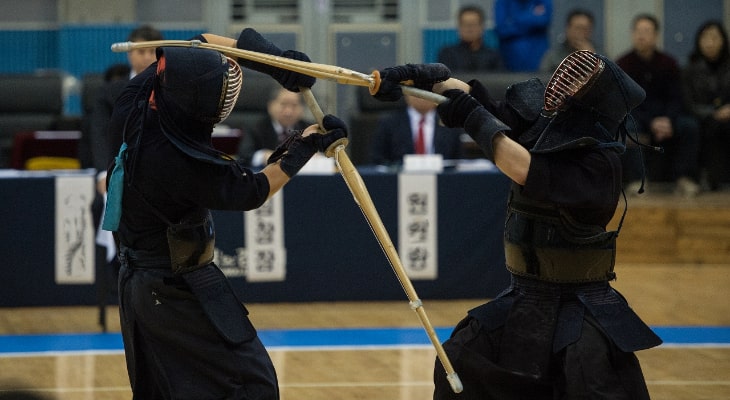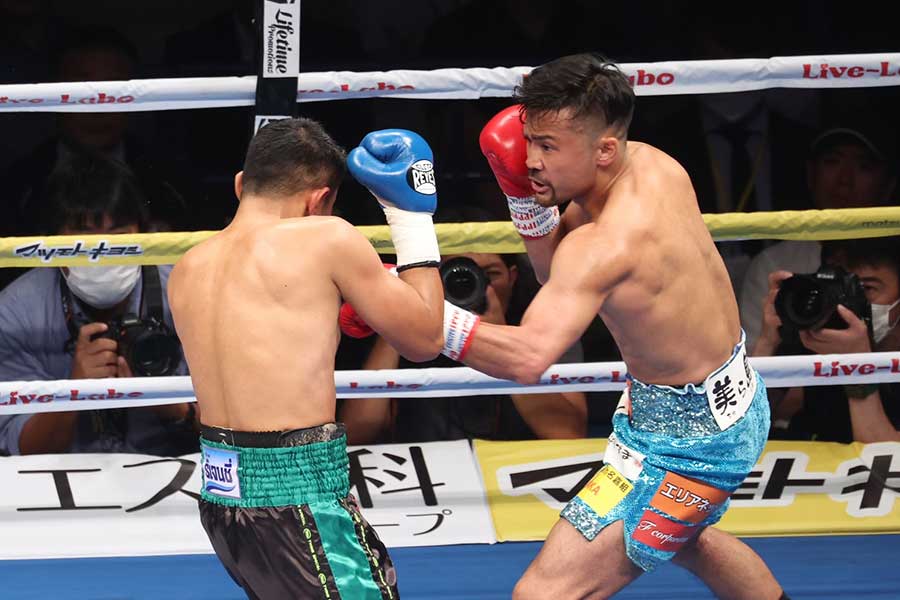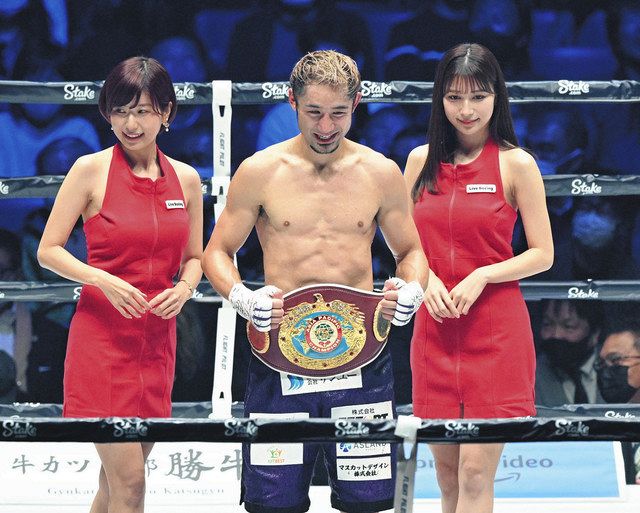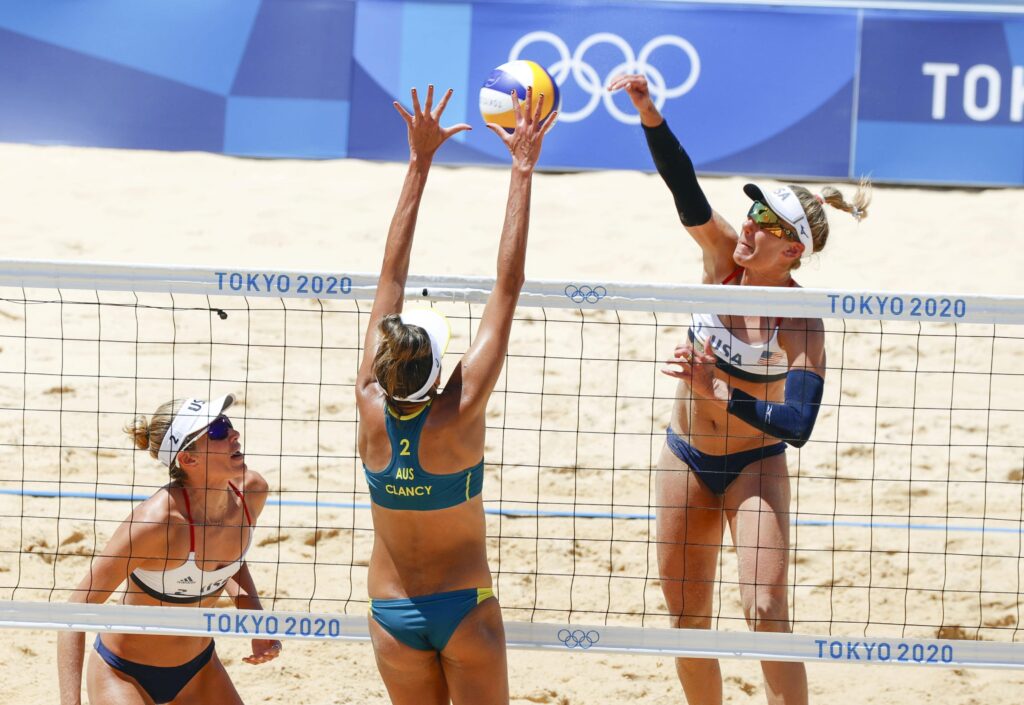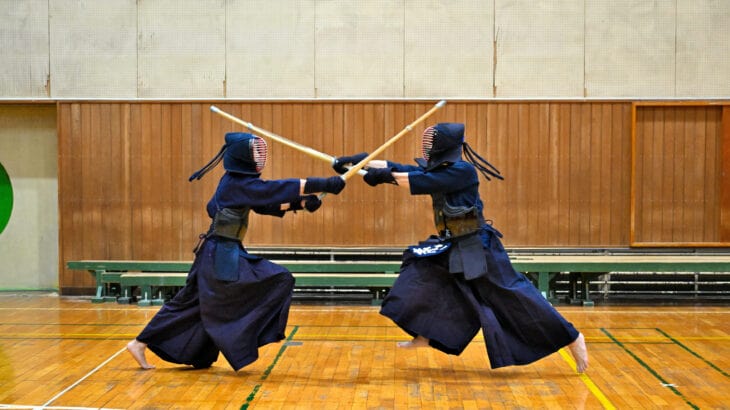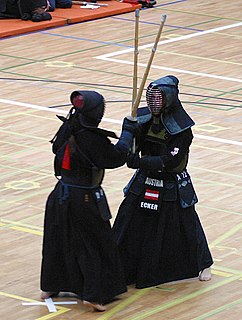
Kendo is more than just a martial art; its deep history and philosophy contain many life lessons.
From beginners to experienced practitioners, the mental and physical growth that can be gained through Kendo training is immeasurable.
This article provides comprehensive information that is useful for those learning Kendo for the first time as well as advanced players aiming to further improve their skills, from the basics of Kendo to the types of training, how to proceed, and even how to choose the appropriate dojo. To do.
There are many different types of Kendo training, but each one has a clear purpose and effect.
Starting from basic postures to interpersonal training using kata and shinai, each movement has a deep meaning.
I hope that this article will deepen your understanding of Kendo and increase your motivation for practicing, whether you are starting Kendo or are already enjoying Kendo.
目次
Prologue: What is Kendo?
Kendo is one of Japan’s traditional martial arts, originally developed as a combat technique for samurai.
Today, it is widely practiced around the world as a sport that emphasizes the mental aspects of training not only the body but also the mind.
Basics and history of Kendo
The history of Kendo dates back to ancient Japan.
Initially, it was used as a practical sword technique, but as time progressed, the technique came to be emphasized as a “way” for the purpose of moral education and improving spirituality. .
Protective gear and bamboo swords for safety were introduced in the Edo period.
This reduced the risk of using a real sword and allowed more people to practice the technique.
Modern Kendo includes not only the physical skills of a martial art, but also cultural elements that emphasize etiquette.
Basic training requires improving basic physical strength, correct posture, and quick movements, all of which are practiced in formal competitions.
Kendo philosophy and influence on education
The philosophy of Kendo is based on the idea that “Kendo teaches the mind through the way of the sword.”
This emphasizes not only the acquisition of techniques, but also the refinement of one’s own spirit and growth as a person.
Kendo is seen as a means of promoting dialogue with oneself and harmony with others, rather than aiming for selfish victory.
In terms of education, Kendo provides an opportunity to learn many values that are respected in society, such as self-control, courtesy, respect, and patience.
Kendo is incorporated into the educational programs of many schools not only in Japan but also internationally, contributing to the development of students’ character.
These educational values demonstrate that kendo has become more than just a physical education class, it has become an important tool for teaching valuable lifelong skills.

Basics of Kendo practice
Kendo training begins with learning correct posture and basic movements.
These are important elements not only for improving Kendo technique, but also for increasing spirituality.
Training uniforms and protective gear are essential tools for learning and practicing techniques safely, and the way you choose them is also important when learning Kendo.
Correct posture and basic movements
Correct posture in Kendo is characterized by stable footing and an upright spine. Your feet should be shoulder-width apart, your knees should be slightly bent, and your weight should be distributed evenly across the soles of your feet.
All movements begin from this position. Basic movements include “men-uchi,” “kote-uchi,” and “tsuki,” and each technique requires precise foot movement and body alignment.
These basic batting techniques are acquired through repeated practice and applied in kendo kata and interpersonal training.
Types and how to choose training clothes and protective gear
Kendo training uniforms are selected with emphasis on ease of movement and functionality.
Generally, clothes in the form of “hakama” and “kimono” are used, and the materials chosen are those with excellent breathability and durability.
Protective gear is used to protect the parts that receive a blow, and is mainly used for the “men” (protects the head), “torso” (protects the torso), “kote” (protects the hands and forearms), and “arms”. ” (protects the hips and thighs).
Size is the most important factor when choosing armor.
Appropriately sized armor provides maximum protection and allows you to practice without restricting your movements.
Especially for beginners, it is a good idea to consult the advice of your dojo teacher or someone with experience.
In addition, protective gear should be selected to be durable depending on the frequency of practice, and regular maintenance is required.
By firmly understanding and practicing these basics, you will not only improve your Kendo techniques, but also develop your spirituality through Kendo.

Types of Kendo training and their purposes
Kendo training includes a variety of methods that not only improve technique but also promote spiritual growth.
Below we introduce the main types of training and their purposes.
Basic training: Practice of footwork and punching/hitting techniques
Basic training focuses on learning the footwork, basic strikes, and thrusting techniques that are the foundation of Kendo.
Precise foot movements are essential to enable effective striking and maintain balance when defending.
Basic uchi techniques include “men-uchi”, “kote-uchi”, and “tsuki”, all of which require correct posture and timing.
This training creates the foundation for kendo kata and interpersonal training.
Kata practice: Improving technique and spirituality through Kata
Kata training is a practice that increases technical sophistication and mental concentration through Kendo’s kata.
Kata is a predetermined pattern of movements that can be performed alone or in pairs.
Through form, precision of technique, control of breathing, and fluid continuity of movement are emphasized.
In addition, as an improvement in spirituality, calmness and instantaneous judgment are cultivated.
Shinai practice: Preparation and application for interpersonal combat
Shinai training is practice that is performed in an actual person-to-person format using a bamboo sword.
This practice assumes situations similar to actual combat, and requires practical application of techniques and tactical thinking.
Skills needed in actual combat will be practiced, such as how to maintain distance with opponents, the timing of attacks and defenses, and managing mental pressure.
Jigeiko and randori: Developing practical skills
Jigeiko and randori are the training forms that are closest to actual combat in Kendo.
Jigeiko is a one-on-one battle under certain rules that tests the precision and application of technique.
Randori is the practice of fighting multiple opponents at the same time, developing the ability to respond to attacks from multiple directions and the ability to make quick decisions.
These training sessions are extremely effective in improving your overall fighting ability as a Kendo practitioner.
Through these practices, kendo practitioners not only improve technically, but also grow spiritually, and acquire true power in kendo.

How to proceed with Kendo training
The way to learn Kendo varies from beginner to advanced.
Here’s a step-by-step guide for beginners and advanced training methods for advanced players who have already mastered the basics.
Step-by-step guide for beginners
-
Learning basic postures
- Kendo practice begins with correct posture. Learn foot position, back extension, and correct grip.
-
Basic movement practice
- Master the most basic techniques (men-uchi, kote-uchi, and tsuki). This requires precise footwork and an understanding of timing.
-
Small practice (basic hitting)
- Practice simple movements repeatedly to instill the technique into your body. This is often done in a one-on-one format with a teacher or senior colleague.
-
Kata practice
- By practicing Kendo Kata, you will improve the flow and accuracy of your movements. Some kata can be done alone and some can be done with a partner.
-
Basic interpersonal training
- You will actually face your opponent and try out the techniques you have learned. At this stage, you will learn the basics of attack and defense.
Advanced training methods for improving the skills of advanced players
-
Practicing applied movements
- Learn more complex strikes, thrusts, and movements that combine footwork. This increases responsiveness and tactical understanding.
-
Jigeiko and Randori
- Train your practical reaction speed and judgment through one-on-one jigeiko and randori with multiple opponents at the same time.
-
Strengthening Shinai practice
- You will practice more advanced techniques and strategic movements using the bamboo sword. The ability to read your opponent’s techniques and respond appropriately is required.
-
special kata practice
- Practice complex shapes for advanced players to further improve the precision and spirituality of your technique.
-
Learning teaching methods
- As an advanced student, you will also learn techniques for teaching beginners and intermediate students. By teaching, you will deepen your understanding of yourself and gain more insight into Kendo.
Following these steps and gradually improving your technique is the key to advancing your Kendo training.
Building a solid foundation at each stage is essential to increasing the speed and quality of your progress.

Tips on how to choose a Kendo dojo and participate in practice
The environment of the dojo is extremely important as a place to learn Kendo.
Choosing the right dojo and understanding the mindset you should have when participating in training are the foundations for improving your technique and spiritual growth.
List of recommended dojos nationwide
There are many excellent Kendo dojos across Japan, each with different characteristics and strengths.
When choosing a dojo, it is common to refer to the website of the local Kendo Federation.
You may also find information at your local community center or sports club.
For a specific list, we recommend obtaining the latest information from the official website of the Japan Kendo Federation or the Kendo Federation of each prefecture.
Points to consider when choosing a dojo and how to prepare for training
Points to consider when choosing a dojo
- Instructor Qualifications and Experience – It is very important how experienced and qualified the dojo instructor is. You also need to determine whether the instructor’s teaching style suits you.
- Dojo Atmosphere – The dojo atmosphere should be a warm and welcoming environment. Come visit and interact with other trainees and observe how they practice.
- Convenience of Access – In order to participate in regular training, it is desirable that the dojo is located in a location that is easily accessible from home or work.
- Facilities and equipment – It is important that the dojo facilities are clean and well-maintained, have sufficient space, and are safe.
Mindset for practice
- Respect and Humility – In the dojo, you are expected to respect your teachers, seniors, and colleagues. It is important to avoid a self-centered attitude and always approach the situation with a humble attitude.
- Observance of discipline and rules – Kendo is a martial art that values discipline. You are required to follow the rules of the dojo and be punctual.
- Concentration and Effort – During practice, it is important to focus all your attention on Kendo and do your best to improve your technique.
- Continuation is power – Kendo improves by continuing. It is important to practice steadily over a long period of time.
By keeping these points in mind when choosing a dojo and practicing, you will be able to firmly follow the path of Kendo.

The appeal of Kendo as a competition
Kendo is a martial art that has many appeals due to its historical background and spirituality, but it is also extremely exciting as a competitive sport.
Kendo matches are a constant test of skill, speed, and strategy, providing tension and excitement for both participants and spectators.
Kendo’s competitive format involves fierce battles aimed at victory while maintaining a spirit of civility and respect.
Domestic and international competitions and their impact
Many Kendo tournaments are held both in Japan and abroad, and each tournament plays an important role as a place for the improvement of Kendo techniques and exchange.
In Japan, the All Japan Kendo Championships are considered one of the most prestigious tournaments, and high-level techniques and mental strength are showcased every year.
Additionally, the World Kendo Championships is an important event that brings together the international Kendo community and deepens cross-cultural understanding and friendship.
These tournaments have greatly contributed to the spread of kendo and the internationalization of the technique, providing a great opportunity for the younger generation of kendo practitioners in particular to test their skills on the world stage.
Rankings and titles in Kendo
In Kendo, dans and titles are used to evaluate an individual’s skill level and spirituality.
The exams, which start from the beginner level and reach the highest level, 8th dan, are extremely tough.
Additionally, titles may be awarded if specific skills or contributions are recognized.
These include “kyoshi,” “renshi,” and “hanshi,” each of which indicates a deep understanding of kendo and a high level of skill.
In competitions, rankings are determined based on performance at national and international competitions, and winners and high rankings receive honor and recognition.
These titles and rankings not only enhance one’s status as a Kendo practitioner, but also demonstrate one’s dedication and hard work to Kendo.
The combination of these elements gives Kendo more than just a sport, it has value as a cultural activity deeply rooted in people’s lives.

Summary: What you can gain from practicing Kendo
Practicing Kendo is not just about learning techniques; the mental, physical, and social growth you gain through it is of great value.
Kendo provides trainees with opportunities for growth in many areas, which positively impacts many aspects of life.
Mental growth and physical fitness improvement
Kendo aims to improve the triple rhythm of “mind, technique, and body.”
Mentally, you can improve your concentration, develop stress tolerance, and learn self-control.
Kendo training requires instantaneous judgment and precise movements, so these trainings directly help improve patience and judgment in daily life.
To improve your physical strength, it incorporates both aerobic and anaerobic exercise, which is effective for maintaining your health by using the muscles of your entire body.
Kendo training takes place in a culture that values civility, so social skills are naturally acquired.
Politeness, respect for others, and cooperation improve the quality of human relationships both inside and outside the dojo.
In addition, by having the opportunity to teach other trainees as an instructor or senior, leadership skills are often cultivated, which is directly linked to leadership in society.
Through Kendo practice, you will not only develop your technique, but also grow as a person.
These experiences can serve as the basis for improving an individual’s quality of life and increasing their contribution to society.
